Ringing in at 110.1 inches tall, Ford’s high-roof 2015 Transit is one large vehicle. For perspective, that roof height enables a person who is 6 foot 4 inches tall (193 cm) to stand inside the van fully upright. The enormous dimensions also presented a challenge to Ford engineers tasked with transporting the full-size van around North America.
For the North American market, Ford manufactures the new Transit at its Kansas City Assembly Plant in Claycomo, Missouri. From there, the vehicles need to be delivered to dealerships, with most automakers traditionally using a combination of railcars and trucks to get the job done. But the medium- and high-roof Transit vehicles are too tall to fit in the regular two-story railcars.
To circumvent the complication, Ford evaluated the option of only using trucks to deliver the Transit vans, but determined a method that involves designing modified railcars and incorporating them into the shipping network. The result of a collaboration between Ford engineers as well as railroads and railcar manufacturers, the final solution was an innovative railcar that accommodates all the roof-height variations of the new Transit.
Ford started working on the railcar solution in 2010, back when development of the all-new 2015 Transit got underway. The modifications to the railcars involved elevating their inner deck, enabling as many as seven medium- and high-roof Transit vehicles to be loaded on the lower deck and as many as seven smaller vehicles, like the Ford Fusion, on the shorter top deck, depending on the vehicle’s length. The overall height of the railcar is not altered so as not to interfere with overpasses and tunnels.
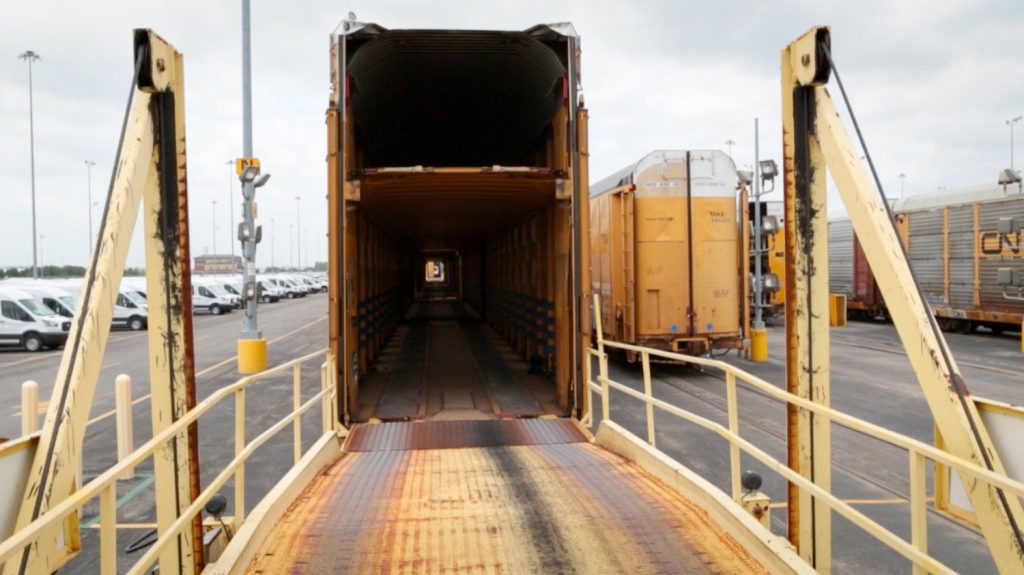
The modified railcar with raised upper deck for the 2015 Transit
The modification allows Ford to ship Transits using the optimal mix of rail and truck transport, helping reduce delivery time and cost. This optimized balance of rail and truck transport also supports Ford’s Blueprint for Sustainability by using resources responsibly and minimizing environmental impact.
“Use of these modified railcars helps us to efficiently ship these large vehicles from our assembly plant, deliver them to our dealers and get them into the hands of our customers faster and more cost effectively,” said Chris Lemmink, Ford vehicle logistics manager.
Given that Ford expects approximately 50 percent of Transit orders to be medium- and high-roof configurations, the railcar solution has turned out to be highly beneficial to its vehicle delivery process to dealers. The automaker plans to transport the Transits by truck to its dealers within a 500-mile radius of the Kansas City Assembly Plant, and transport vehicles by rail to dealers outside of that radius.
- The modified railcar with raised upper deck for the 2015 Transit

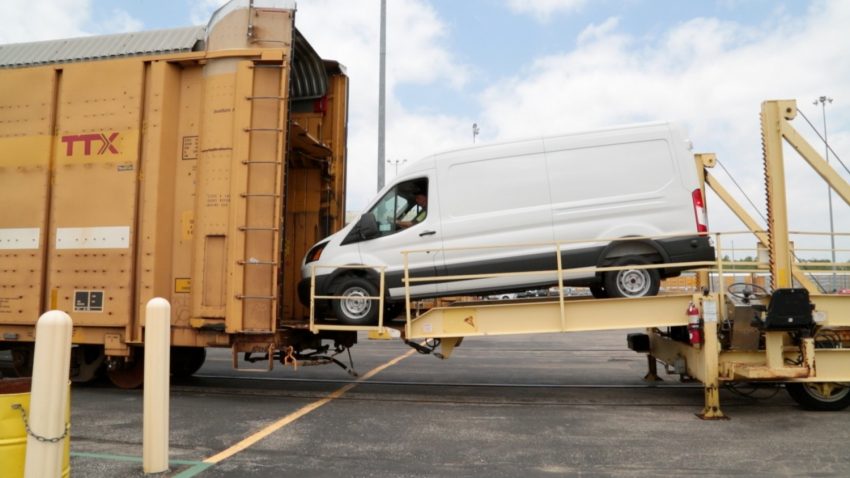
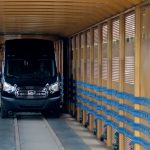
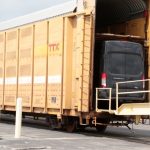
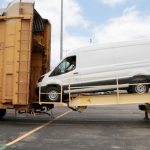
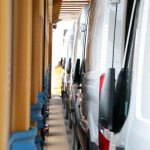
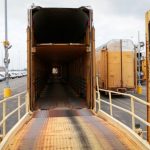
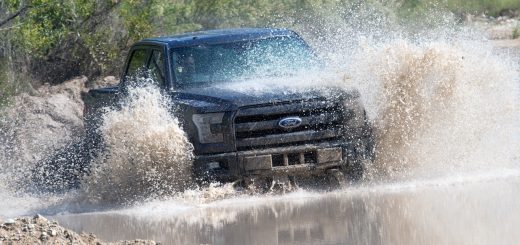
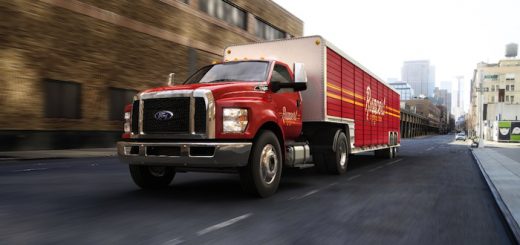
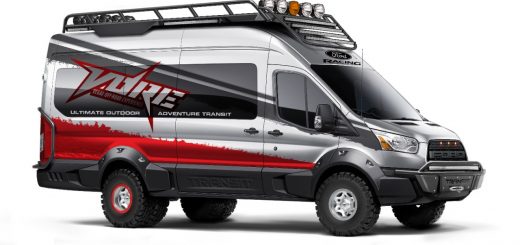
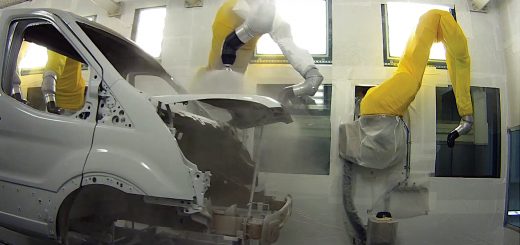

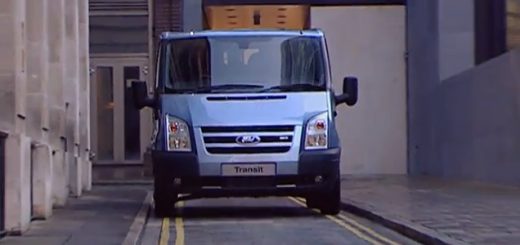






No Comments yet